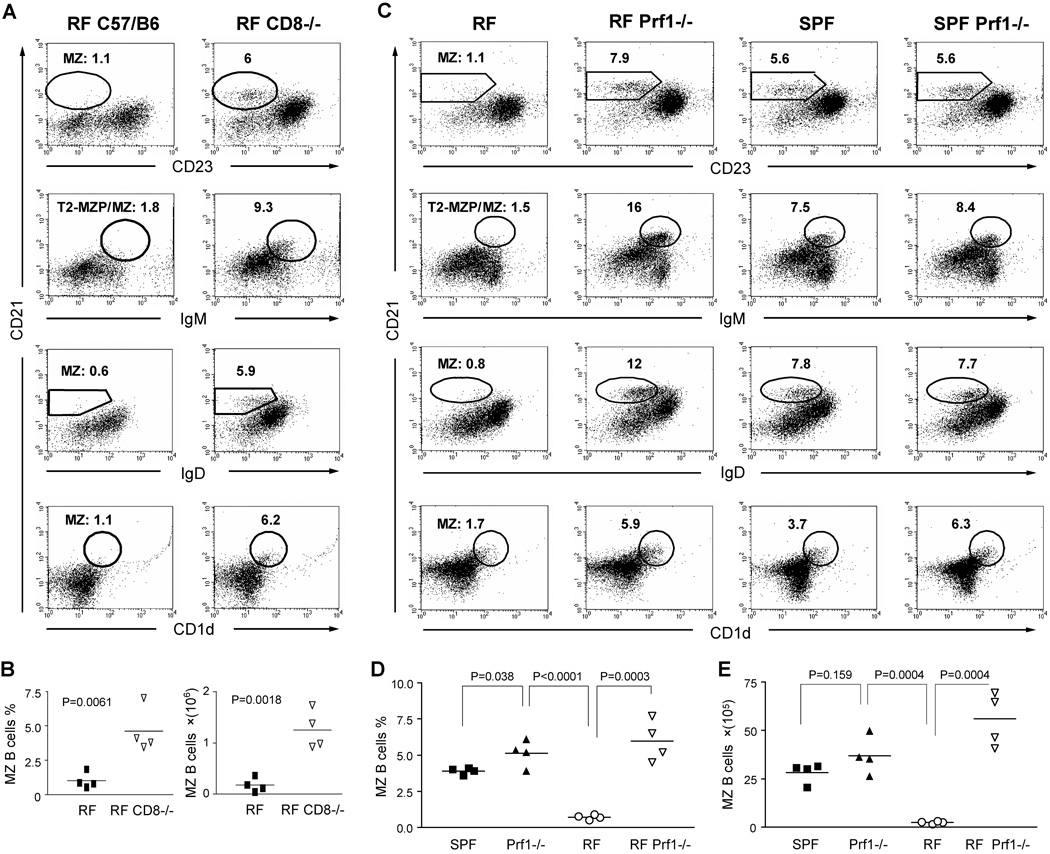Figure 6. CD8+ T cells affect MZ B cells formation through a perforin-dependent cytolytic mechanism.
Splenic lymphocytes were isolated from age- and gender-matched adult C57BL/6 RF mice and stained for CD21, CD23, CD1d, IgM, and IgD in different staining combinations. The MZ B cells were analyzed in CD19+ B cell gate and the percentage of MZ B cells in different staining patterns are indicated. Conventional bacterial culture and molecular phylotyping confirmed that RF mice and RF CD8−/− mice were colonized with the same RF microbiota. (A, B) Comparison of RF mice bearing CD8−/− or wildtype genotypes. (A) Representative flow cytometry of CD19+ gated splenocytes. % MZ B cells are listed. (B) Tabulated percentage and absolute number of MZ B cells in CD19+CD21hiCD23lo gate. The data represents at least three individual experiments. (C–E). Prf1−/− mice bearing SPF or RF microflora were compared with age- and gender-matched wildtype SPF and RF C57/BL6 mice. (C) Representative flow cytometry of CD19+ gated splenocytes. % MZ B cells are listed. Tabulated percentage (D) and absolute number (E) of MZ B cells (CD19+CD21hiCD23lo). P values for the significance of comparisons between different groups were indicated. These data are representative of the results from three independent experiments with nine Pfr1−/− mice and equal numbers of control mice.

